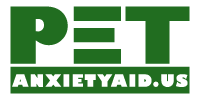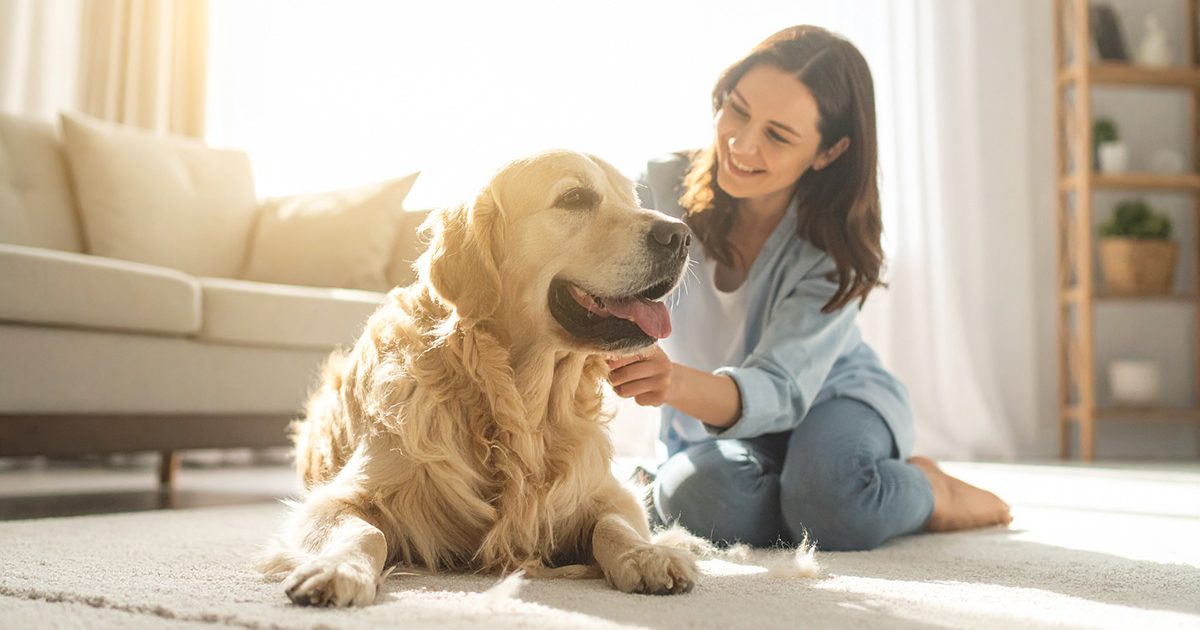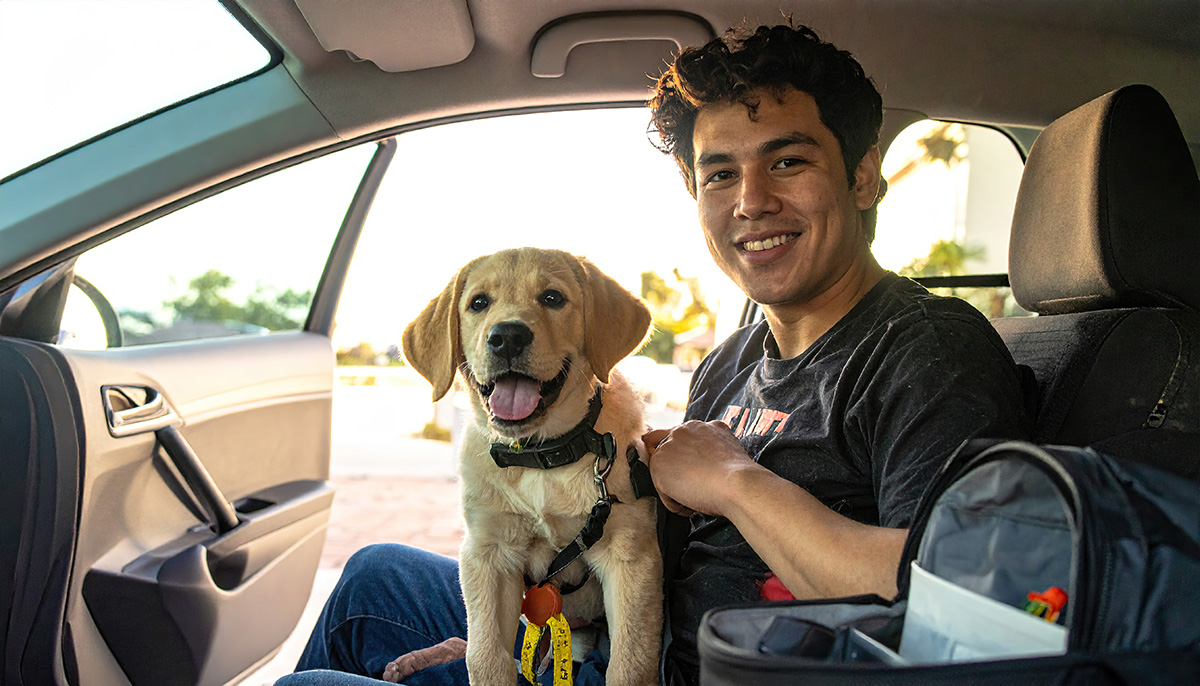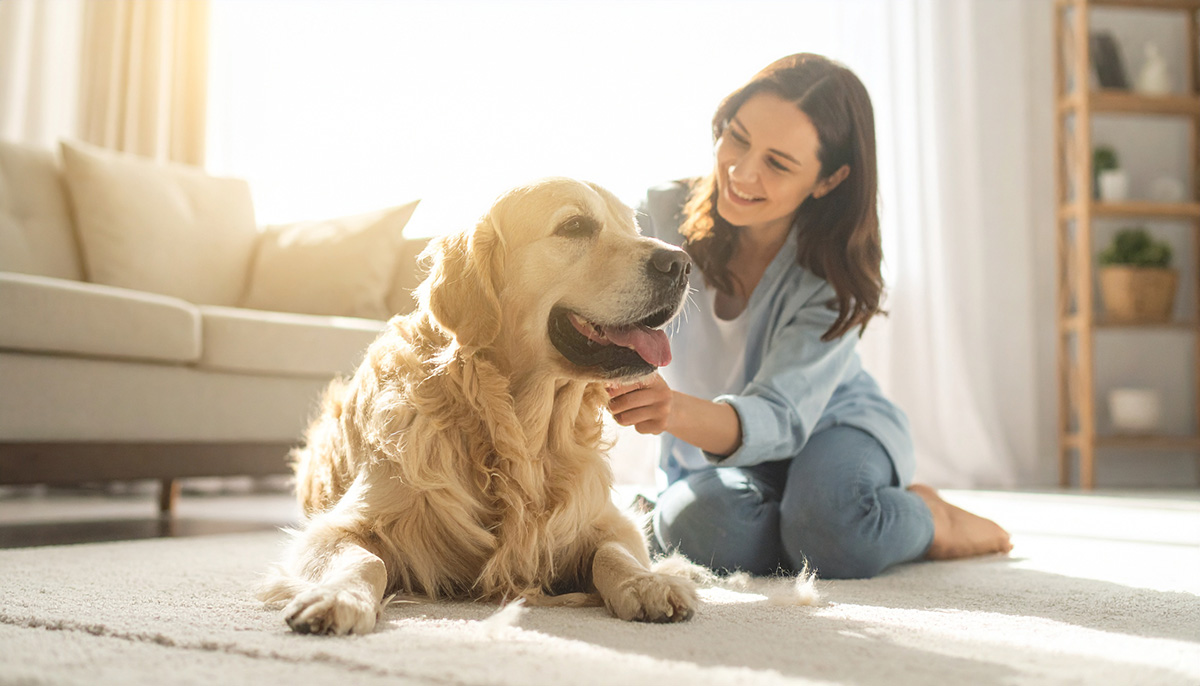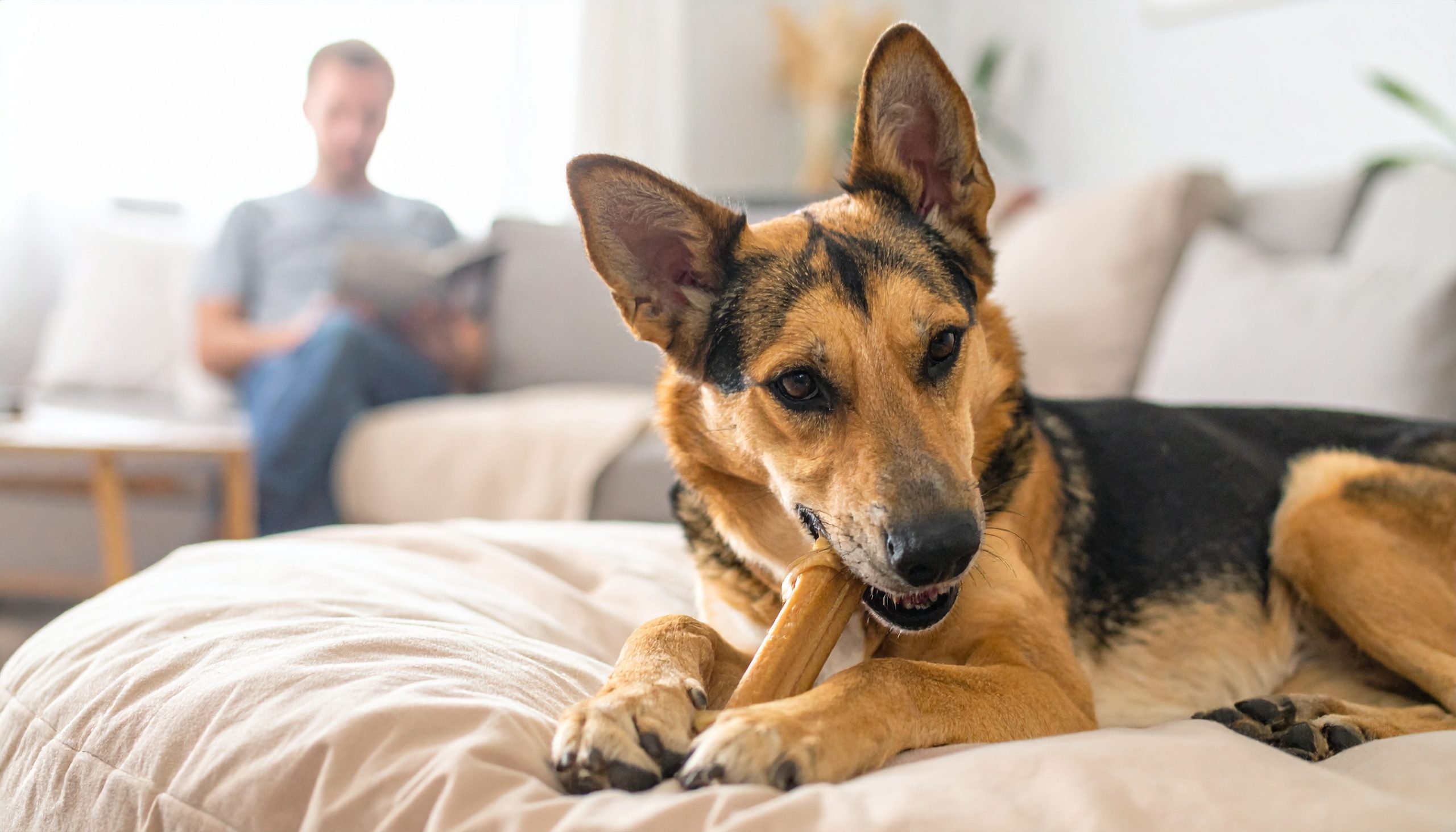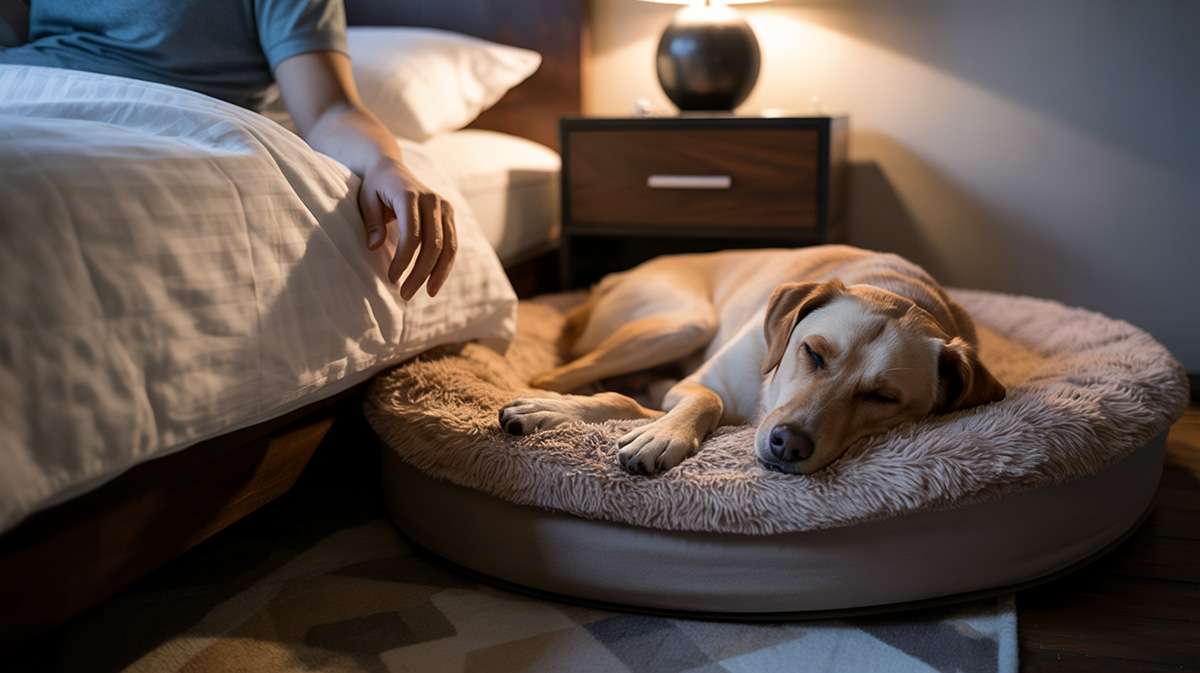More Than Just a Pretty Coat: The Surprising & Essential Health Benefits of Regular Dog Grooming
” Dog Grooming ” When you think of dog grooming, you might picture a fluffy Pomeranian with a show-ready cut or a poodle with cute pom-poms. While a clean, well-groomed dog is wonderful to see, grooming is about much more than looks. Keeping your dog well-groomed helps maintain their health and happiness.
Grooming is a hands-on way to care for your dog’s health and can help you spot problems early. It’s not just about appearance; it’s about keeping your dog healthy and happy. Every time you brush, trim your dog’s nails, or bathe your dog, you help your dog live a longer, more comfortable life.
Now, let’s look at the key health benefits of regular grooming.
Part 1: The Foundation of Health – Skin and Coat Care
The skin is the body’s largest organ, and for dogs, it’s their first line of defense against the world. A well-maintained coat is not just for show; it’s a functional, dynamic system that protects them from the elements, regulates body temperature, and senses their environment.
1. The Power of Brushing: More Than Just Detangling ”Dog grooming”
Brushing is the cornerstone of any grooming routine, and its benefits are multifaceted.
- Distributing Natural Oils: Your dog’s skin makes natural oils that keep their coat shiny and healthy. Brushing helps spread these oils from the skin to the ends of the hair. Without brushing, oils can build up, causing greasy spots and a dull, dry coat.
- Preventing Mats and Pelting: Mats are more than just messy they can hurt your dog and cause health problems. Tight mats pull on the skin, making your dog uncomfortable and can even hide wounds or infections. In breeds with thick coats, mats can also prevent air from reaching the skin, leading to overheating.
- Stimulating Blood Flow: Think of brushing as a massage for your dog’s skin. The gentle friction stimulates Blood Flow. Brushing your dog helps increase blood flow to their skin, bringing nutrients to the hair and supporting healthy growth. It can also improve the overall health of their skin. gle most effective way to manage loose fur. By capturing dead hair in the brush, you prevent it from ending up on your furniture, clothes, and, most importantly, in your dog’s digestive system due to excessive self-grooming. This leads us to our next point…
2. Bathing: The Deep Clean Reset
Baths give your dog’s skin and coat a fresh start, but it’s important to do them correctly.
- Removing Allergens and Irritants: Dogs roll in grass, dig in dirt, and explore environments filled with pollen, dust, mold spores, and chemical residues. A bath with a dog-appropriate shampoo removes these potential allergens, providing immediate relief for dogs with environmental allergies.
- Managing Skin Conditions: Medicated shampoos prescribed by a vet can be a powerful tool for managing conditions such as seborrhea, bacterial infections (pyoderma), and yeast overgrowth. Regular bathing with the right product can control flaking, odor, and itching.
- The Importance of Proper Technique: Bathing too often or using the wrong shampoo, especially human shampoo, can remove important natural oils and cause dry, itchy skin. It’s best to use products made for dogs and find a routine that works for your pet.
Part 2: The Early Detection System: Your Hands-On Health Check
A grooming session is a scheduled, quiet time where you have the opportunity to examine every inch of your dog. This hands-on inspection is an invaluable proactive health screening.
1. The Skin and Coat Exam
As you brush and bathe, you are in the perfect position to spot:
- Parasites: Ticks, fleas, and flea dirt (which looks like black pepper) are much easier to find on a clean, well-groomed coat. Early detection is crucial for preventing infestations and the diseases parasites carry, like Lyme disease or tapeworms.
- Lumps, Bumps, and Cysts: Discovering a new lump can be frightening, but finding it early is a gift. You can monitor its size, texture, and growth and report this valuable information to your veterinarian. Many lumps are benign, but early detection of malignant ones can be life-saving.
- Skin Abnormalities: Look for hot spots (moist, inflamed, painful areas of skin), rashes, redness, scabs, dandruff, or bald patches. These can be signs of allergies, infections, hormonal imbalances, or other underlying medical issues.
- Swelling or Tenderness: If your dog flinches when you touch a specific area, it could indicate pain, an abscess, a sprain, or even arthritis.
2. The “Head-to-Tail” Inspection
- Ears: Healthy ears are pale pink, clean, and odor-free. During grooming, check for a foul smell, redness, dark waxy discharge, or excessive scratching. These are classic signs of ear infections, which are common in floppy-eared breeds but can affect any dog. Catching an infection early makes treatment much simpler and less painful for your pet.
- Eyes: Look for clear, bright eyes without redness or discharge. Gently wipe away “sleep” from the corners with a damp cloth. Unusual tearing, cloudiness, or squinting warrant a vet visit.
- Nose: While a dry nose isn’t always a sign of illness, check for crusting, cracking, or unusual discharge.
- Mouth and Teeth: Bad breath is not normal! It’s often the first sign of dental disease. As you groom, lift the lips and check for swollen, red, or bleeding gums, broken teeth, or excessive tartar buildup. Dental health is directly linked to heart, liver, and kidney health.
Part 3: The Often-Overlooked Essentials: Nails, Paws, and Anal Glands
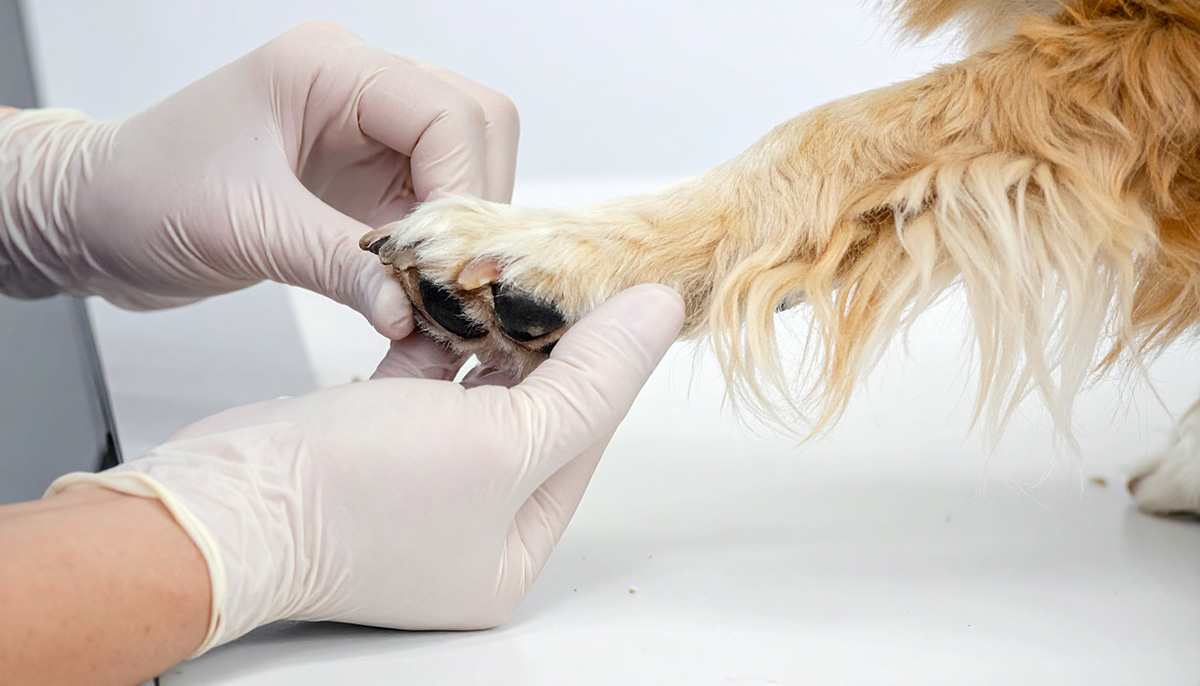
It’s easy to overlook these areas, but they are important for your dog’s comfort and mobility.
1. Nail Trimming: A Matter of Posture and Pain
Long nails are not just inconvenient they can cause ongoing pain and even lead to joint problems.
- The “Quicking” and Anatomy: Inside every dog’s nail is a blood vessel and nerve called the “quick.” When nails are allowed to grow too long, the quick grows longer with them. This makes it harder to trim the nails back to a healthy length without causing pain and bleeding.
- Altered Gait and Joint Stress: Imagine walking in shoes that are several sizes too long. To compensate, a dog with long nails will adjust their posture, shifting their weight back onto their heels. This puts abnormal stress on the joints in their paws, wrists, elbows, shoulders, and spine. Over time, this can lead to chronic pain and conditions like arthritis.
- Preventing Injuries: Overgrown nails are more likely to split, break, or tear, which can be extremely painful and lead to infection. They can also get snagged on carpets, fabrics, or outdoors, causing panic and injury.
Regular trimming keeps the quick receded and the nails at a safe, comfortable length, allowing for proper, pain-free movement.
2. Paw Pad Care
Your dog’s paws need regular care and attention to keep them healthy.
- Checking Between the Toes: Look for burrs, thorns, small rocks, or compacted snow and ice that can cause discomfort and sores.
- Inspecting the Pads: Check for cuts, cracks, blisters, or burns from hot pavement in summer. Using a paw balm can help keep pads supple and prevent cracking.
- Trimming Interdigital Fur: Some dogs, especially long-haired breeds, can develop matted fur between their paw pads. This can be uncomfortable and trap moisture, creating a breeding ground for yeast and bacteria.
3. Anal Gland Expression
Anal gland care may not be a pleasant topic, but it’s important for many dogs. These small scent glands are usually emptied when a dog goes to the bathroom. However, in some dogs, especially small breeds or those with ongoing soft stools, the glands can become blocked or infected.
Signs your dog may need their anal glands expressed include “scooting” their bottom on the floor, excessive licking of the area, or a foul, fishy odor. A professional groomer or your veterinarian can safely express these glands, providing immense relief and preventing painful abscesses.
Part 4: The Invisible Benefits: Mental and Emotional Wellbeing
The health benefits of grooming extend far beyond the physical.
1. Strengthening the Human-Animal Bond
Grooming is an act of care and trust. The gentle handling, calm talking, and positive reinforcement (treats and praise!) during grooming sessions build a deep sense of security and connection. Your dog learns that your touch is safe and caring. This is especially powerful for rescue dogs or those with anxiety, as it helps build their confidence in you and their environment.
2. Reducing Stress and Desensitization
A dog who is accustomed to being handled is a less stressed dog. Regular grooming desensitizes them to having their paws touched, ears checked, and mouth looked at. This makes trips to the veterinarian much less traumatic for everyone involved. A dog that is used to the sound of clippers or a nail grinder is far less likely to panic during a necessary procedure.
3. Improving Comfort and Happiness
Think about how you feel after a shower, a haircut, or a manicure cleaner and more comfortable. Your dog feels better, too, after grooming. Removing mats, extra fur, and long nails gives them quick relief. A comfortable dog is happier and more active.
Creating a Sustainable Grooming Routine: Professional vs. At-Home Care
The ideal grooming plan is a partnership between you and a professional groomer.
The Role of the Professional Groomer
A professional groomer is a trained specialist. They have the tools, expertise, and experience to handle tasks that can be challenging at home:
- Breed-Specific Haircuts: They understand the functional and aesthetic standards for different breeds.
- De-matting and Safe Shaving: They know how to safely handle severely matted coats without causing injury.
- Expert Nail Trimming and Grinding: They can confidently trim nails, even on dark-nailed dogs where the quick is hard to see.
- Anal Gland Expression: This is a standard part of many professional grooming packages.
- Handling Anxious Dogs: They are skilled at calming and safely restraining nervous dogs.
Establishing a regular schedule with a groomer (e.g., every 4-8 weeks) ensures that these essential health checks are never overlooked.
The Importance of At-Home Maintenance
In between professional appointments, your job is to maintain your dog’s hygiene. This includes:
- Daily or Weekly Brushing: Tailored to your dog’s coat type.
- Weekly Ear Checks: A quick look and a wipe with a vet-approved ear cleaner if needed.
- Monthly (or as required) Nail Trims: If you can hear the nails clicking on the floor, they’re too long.
- Dental Care: Daily teeth brushing is the gold standard, but even several times a week makes a huge difference.
- Paw Checks: After walks, especially in extreme weather.
Grooming is an Act of Love
When we reframe dog grooming from a luxury to a necessity, we unlock a deeper level of care for our canine family members. It is a holistic practice that safeguards their physical health, from preventing painful skin infections to ensuring proper joint alignment. It empowers us as pet parents to be the first line of defense against illness and injury. And perhaps most beautifully, it nurtures the silent language of trust and love that defines our relationship with them.
Next time you groom your dog or book an appointment, remember you are helping their comfort, health, and happiness. You are truly giving your dog a better life.
Final Note: If at any point during your at-home grooming you discover something unusual a strange lump, a persistent sore, a foul odor, or signs of pain do not hesitate to contact your veterinarian. Your groomer is a fantastic partner in preventative care, but your veterinarian is the ultimate authority on your dog’s health.
